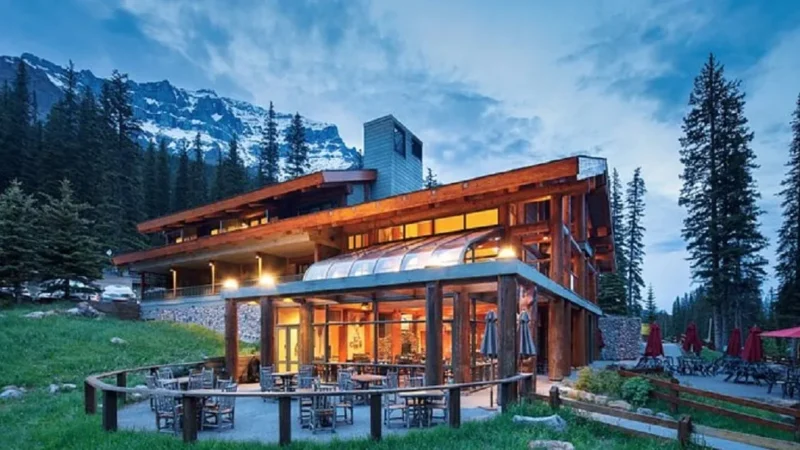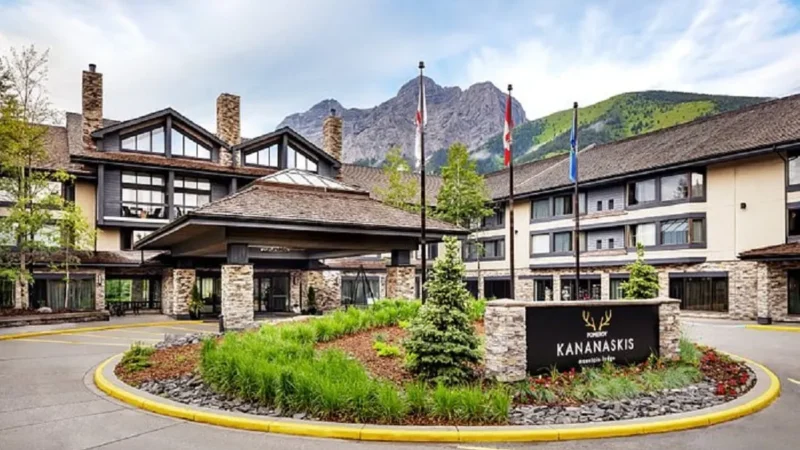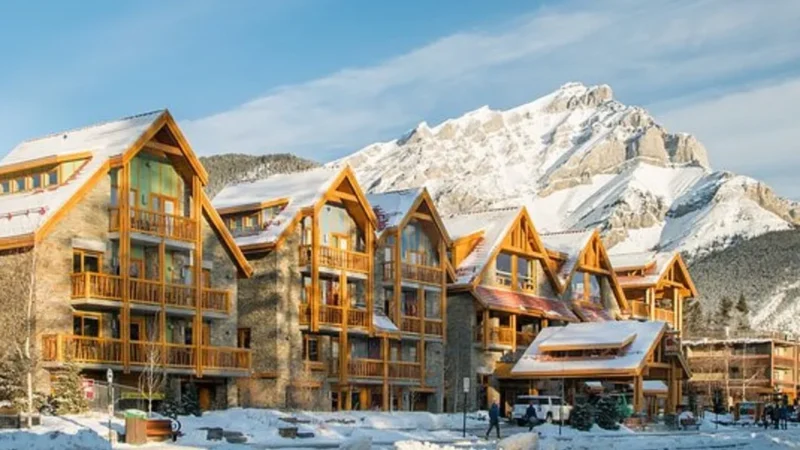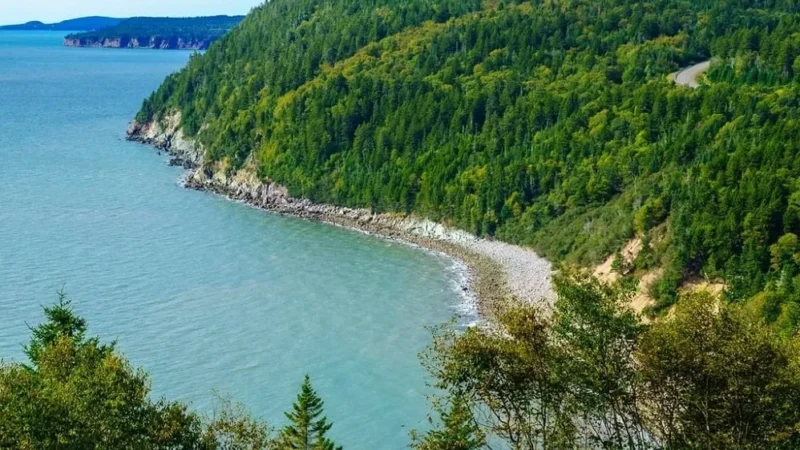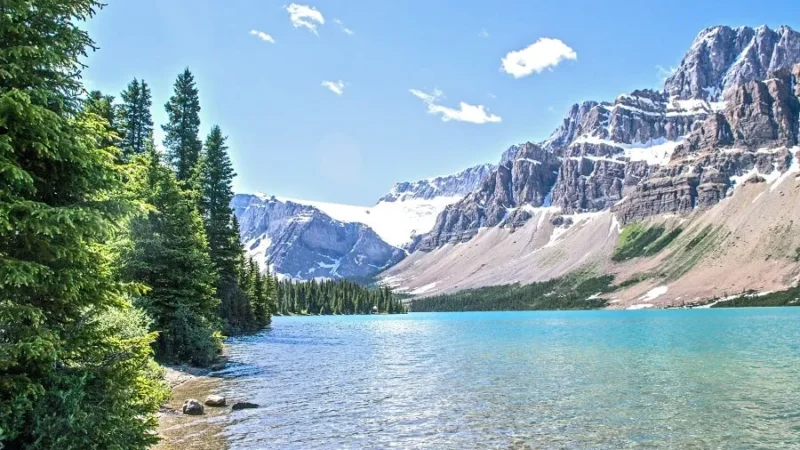Waterton Lakes National Park: Wildlife Spotting, Hiking and Campgrounds
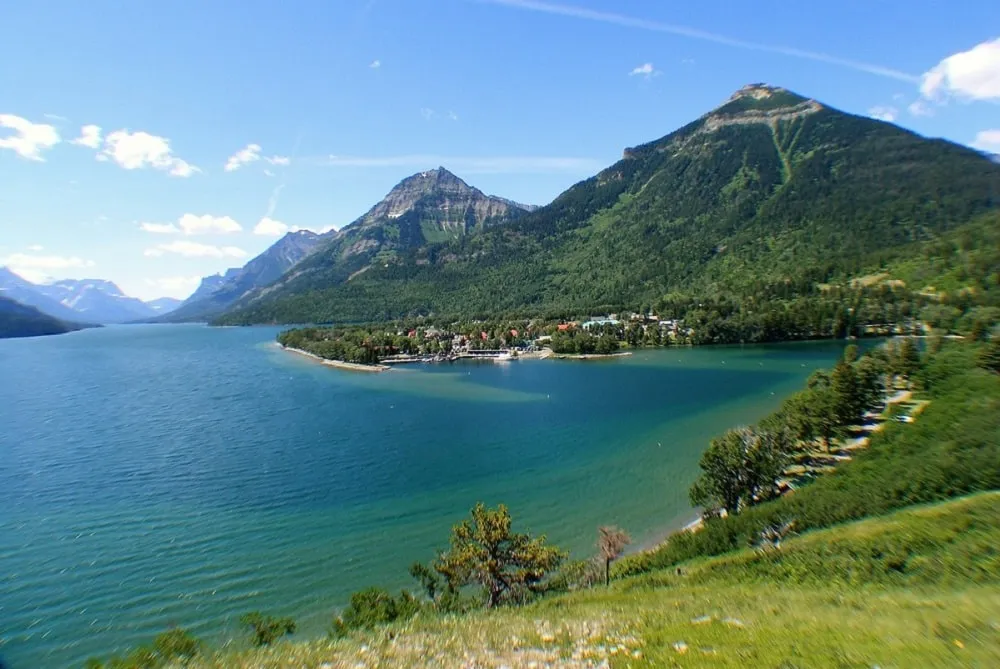
The province of Alberta in southwest Canada is where the Waterton Lakes National Park is situated. The fourth national park in Canada, named after Charles Waterton, a Victorian naturalist and conservationist, Waterton Lakes, was established in 1895. Its habitat spans the grasslands and the Rocky Mountains.
Table of Contents
ToggleActivities in Waterton Lakes National Park:-
The only indications of the fire that ravaged the park in 2017 are the burned Ash trees. Summer is when Waterton comes to life. The village’s 40 or so year-round residents feel the town has grown to hundreds of people when this occurs.
The Know Wildfire, which burned across the park in 2017 and destroyed nearly all of the town’s structures, consumed about 19,000 hectares of land. Although the burned-out Aspen trees still bear witness to the fire, the park is seeing a revival, which is best seen in the vibrant wildflowers that cover the ground in technicolor shades of yellow, purple, and pink.
Hiking in Waterton Lakes National Park:-
● Red Rock Parkway:
The Red Rock access road was blocked from traffic during our visit as crews worked to cope with the fire’s aftermath. The fact that you can drive up to the parking lot and start climbing from there makes it an excellent site for hiking families when it’s open, though (remember to bring a picnic).
If the road is still closed when you arrive, you can rent bicycles (which will be challenging given the trail’s hills) or electric bikes (which make cycling much easier). One of the park’s first structures, Pat’s, debuted in 1927. E-bike rentals at the time were only available by the hour, making for a pricey outing for families.
● Bertha Falls Hike:
The 10-kilometer hike to Bertha Lake from Waterton town, which leads to a stunning alpine lake, is one of the most well-liked hiking routes in the park. Despite being a short hike, the climb is challenging.
You can climb to Bertha Falls or even Bertha Point for expansive views of Waterton Lake if that sounds too much work for families with little children. This 3-kilometer round-trip stroll is lovely and straightforward to do with young children.
Wildflowers cover the forest floor with descriptive names like Fireweed, Paintbrush, Spiria, and Clematis. The Black Foot people utilized several of these to make colors or medicines.
It’s interesting to note that the 2017 fire discovered nearly 500 new Black Foot archaeological sites, which called the region the “lake behind the walls.”
● Crypt Lake Trail:
The Crypt Lake Trail Hike is one of the most well-known walks in the area and is best enjoyed with older, more seasoned hiking children.
The only way to get to the trailhead for this daylong climb, which National Geographic has labeled one of the most exhilarating hikes in the world, is by boat. After that, you must climb 700 meters, make your way through a 20-meter tunnel cut through the mountain, balance on a precarious ledge, and scramble up a metal ladder.
However, the view from the summit is breathtaking as you stand before a gorgeous alpine lake. The round-trip distance of the hike is 17 kilometers (10.8 mi), and it lasts about seven hours.
● Hiking Tips:
There are many bears in the park where Waterton Lakes is located, and if you’re lucky, you could see one (from a distance).
Never hike alone, and carry bear spray with you at all times.
Wildlife spotting in Waterton Lakes National Park:-
During the days in Waterton, we had the good fortune to see three black bears, one of which was a little too near for comfort when wandering alongside the road as we rode to Red Rock.
Higher election marmots, ground squirrels, chipmunks, deer, and grizzly bears—some of which migrate from as far away as Washington State—are a few more creatures that can be spotted in Waterton Lakes National Park. Wolverines and mountain lions also live in the park, but sightings are uncommon.
● Waterton Lake:
The deepest lake in the Canadian Rockies is Waterton Lake, which is 500 feet deep. It is the most acceptable way to get a sense of its magnitude and take a quick day trip to Montana because it borders Canada and the US.
Campgrounds NearWaterton:-
● Payne Lake Recreational Area:
Payne Lake Provincial Recreational Area is 7 kilometers south of Mountain View and 18 kilometers from Waterton Lake National Park. There are 46 unserviced sites available in the campground, which is open from April to the end of December. These include picturesque Lakeview sites and more secluded, quiet forest sites.
● Police Outpost Provincial Park :
Police A picturesque lakeside campground open from April to October, Outpost Provincial Park is 52 kilometers east of Waterton Lakes National Park. Here, campers enjoy roomy sites suited for both RVs and tents. Visitors can engage in various activities, such as trekking through the poplar forest and fishing on Outpost Lake. Additionally, it’s a well-liked location for seeing wildlife and birds. Enjoy relaxing days spent boating, canoeing, or fishing from the shore. It’s a fantastic location for observing waterfowl and other wildlife.
● Waterton Reservoir Campground :
Located along Highway 505, 52 kilometers northeast of Waterton Lakes National Park. This picturesque seaside campground, open from May to September, includes 25 subserviced campsites and is first-come, first-served. In the summer, it’s a popular choice because campers may be near the ocean and enjoy water sports like swimming, kayaking, waterskiing, and windsurfing, as the area is typically windy.
● Fort Heritage and Frontier RV Park:
The Fort Heritage & Frontier RV Park, located about 15 kilometers from Waterton Lakes National Park, is an excellent choice for RVs and caravans. At the same time, a tenting space is also offered for $20 per day. Both powered RV pads and grassland RV and tent spaces are available.
The lake also offers windsurfing, kayaking, and stand-up paddle boarding opportunities. You might become more motivated to maintain your position if you know how cold the water is.

